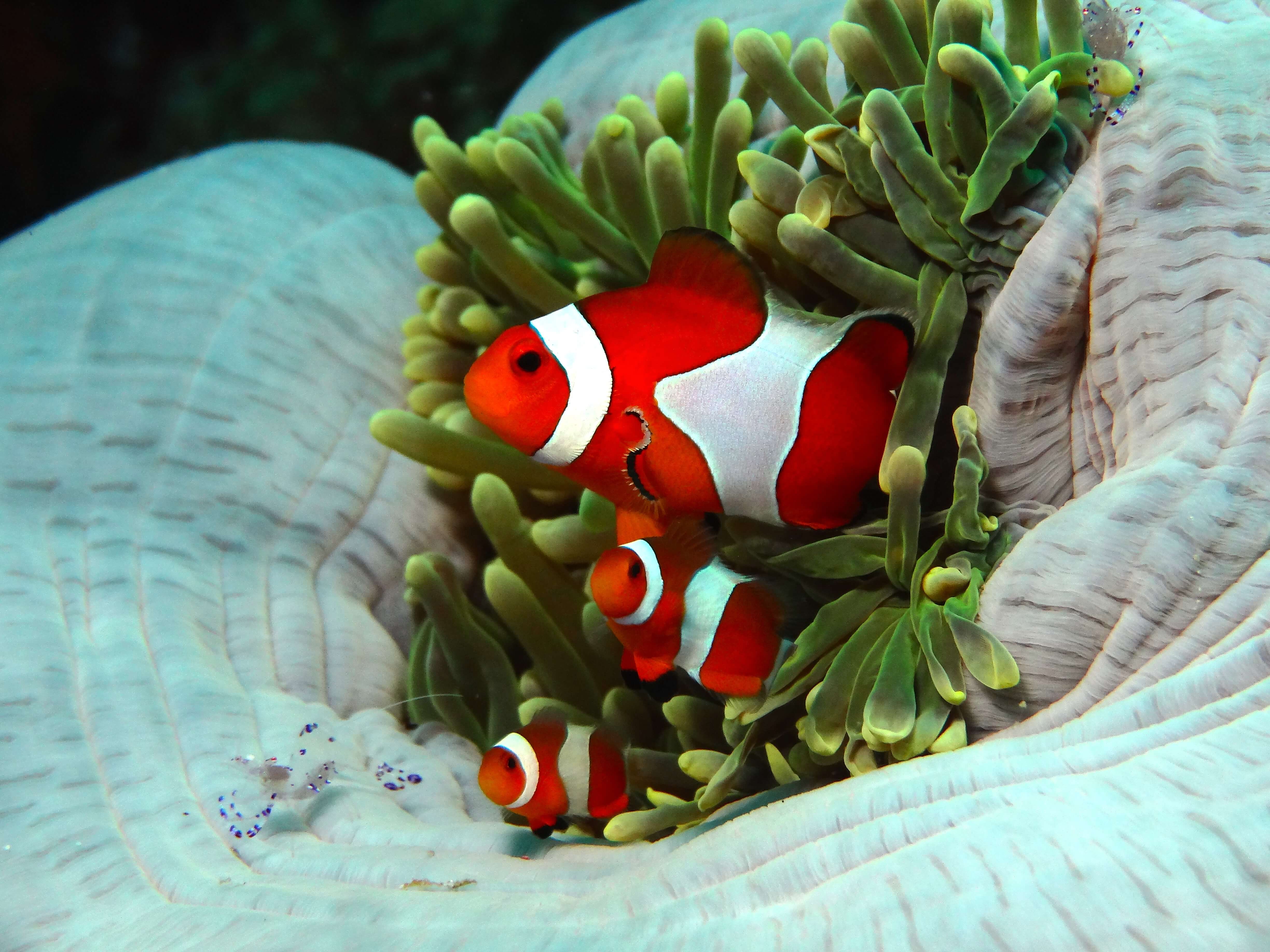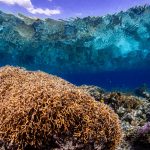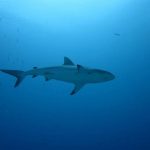The anemone fish has made a name for itself by adapting to live protected within the stinging tentacles of anemones. These are actually plants that have the ability to move around in the reef but prefer to be attached to coral substrate or a rock. They have a long thread filled with toxins that they usually use to stun any fish that may swim within reach. Once paralyzed, the fish is drawn in and eaten.
The clownfish, also known as the anemone fish, avoids death by making sure that it gently touches every body part to the tentacles until it is no longer affected by the poison. A mucus layer is developed that covers its body protecting it from future stings. Taking pictures of this fish can be quite difficult since they usually become very excited and will be darting around the whole time. Here are some tips that can help.
Tips for Taking Pictures of Anemone fish
If you will be using a compact camera when you are diving, be sure to use a native lens. If not, then a cropped frame DSLR with a sixty millimeter macro lens will do just fine. Should you choose to go with a full-frame DSLR, then use a one hundred or one hundred and five millimeter lens.
Initial Steps
With a DSLR camera, start at f/22 but if yours is compact go with f/8. For the best when it comes to depth of field, consider closed aperture. You should begin with a 60mm lens in order to get great focal length but a 100mm lens works too. In order to get rich color, it is best to have the ISO low and make sure it is not on auto. Shutter speed should remain at 1/60s and also be sure to look at your pictures to make sure that the lighting is good. If there is need for more light, go with a shutter speed of 1/80s or 1/125s. In order to see correctly just how much light your pictures are getting use a histogram.
Keep an Eye on the Clownfish
Your focus point should actually be the eye of the fish. Since the form patters when swimming, you will be able to know where and how they swim. Now hold still and wait for the fish to swim to the right spot before clicking away. As you keep your eye trained on the anemone, be sure to stay aware of the environment. Make sure that you do not squash or lean against anything. Maintaining perfect buoyancy is critical. You may also want to do a few things such as move the strobes to different positions in order to get more creative pictures.






